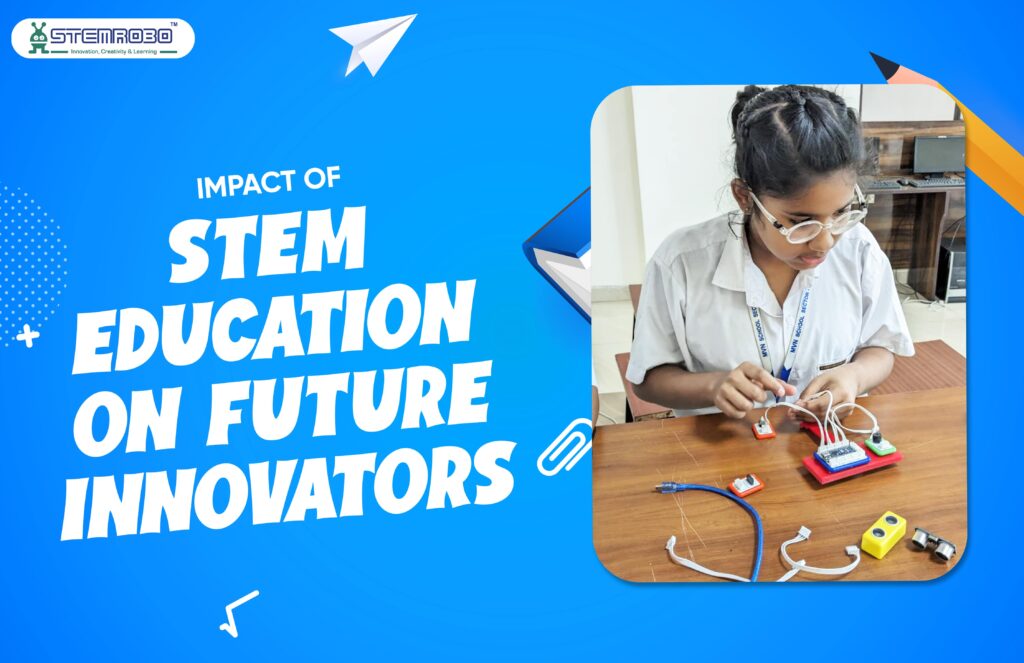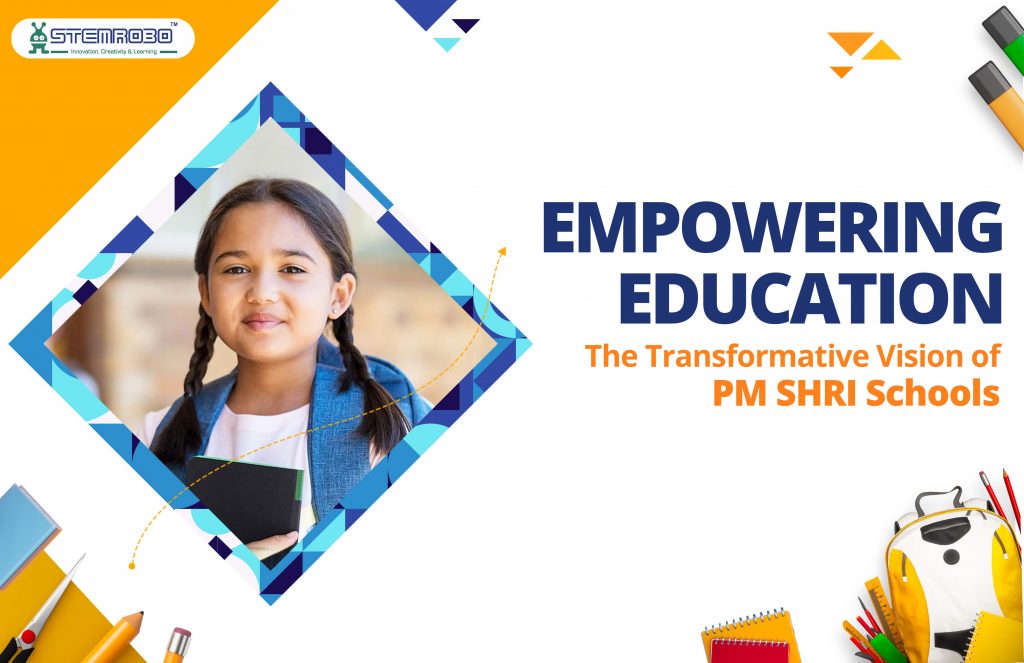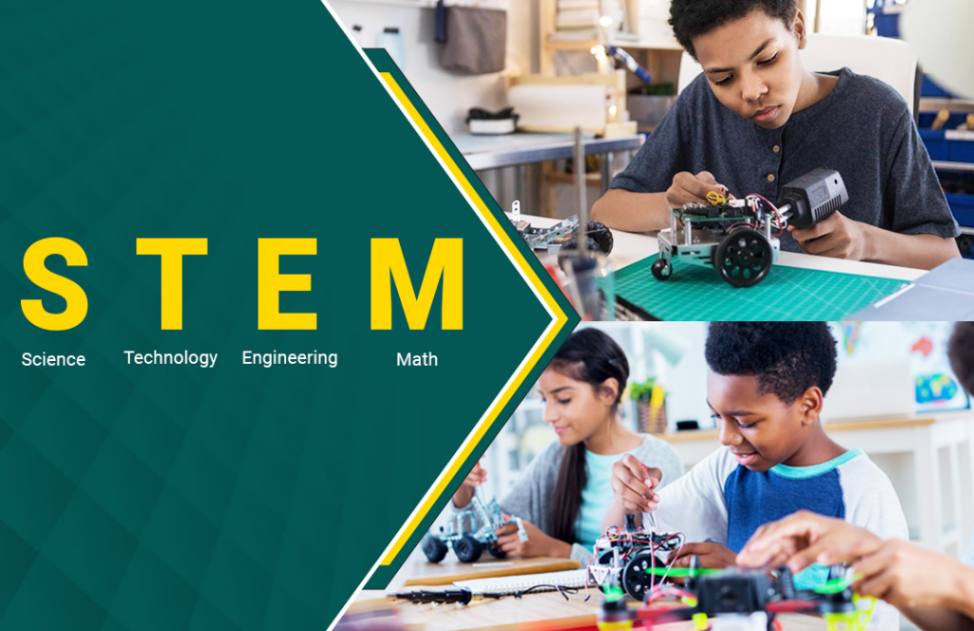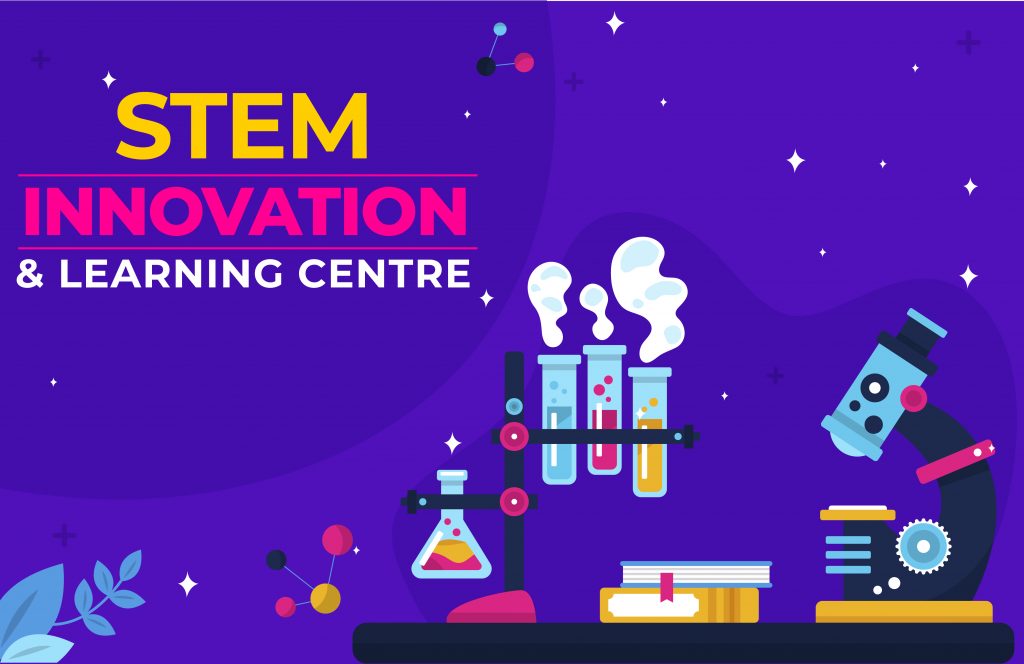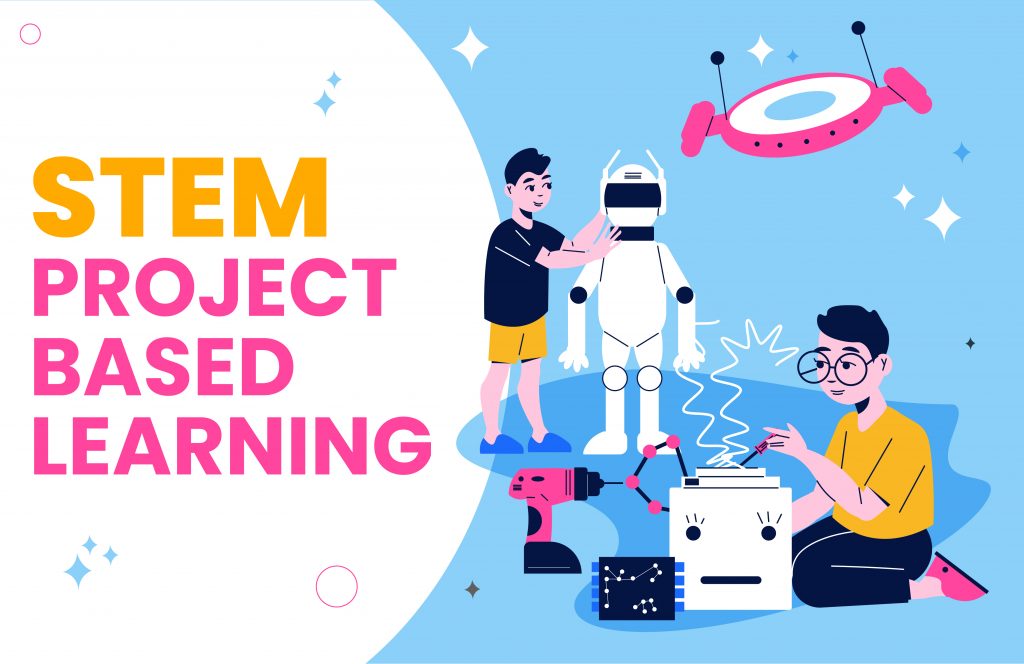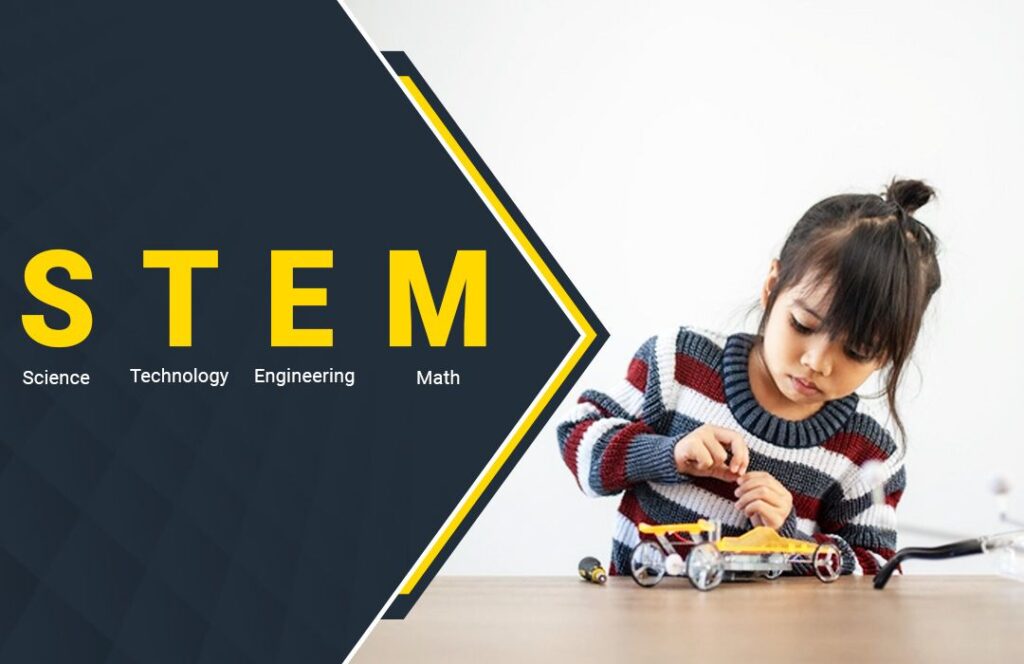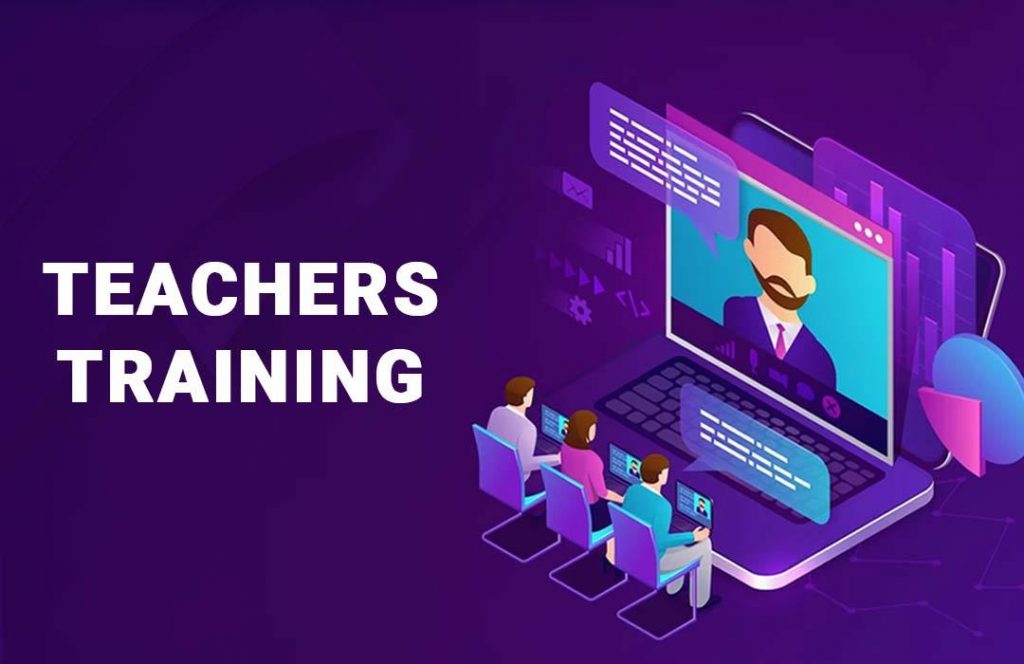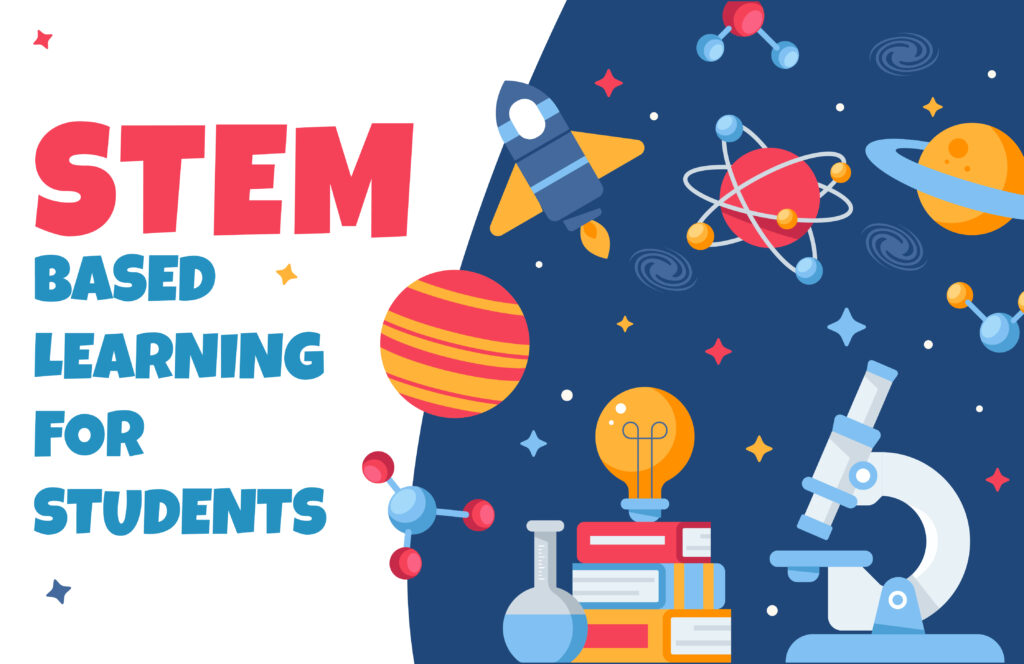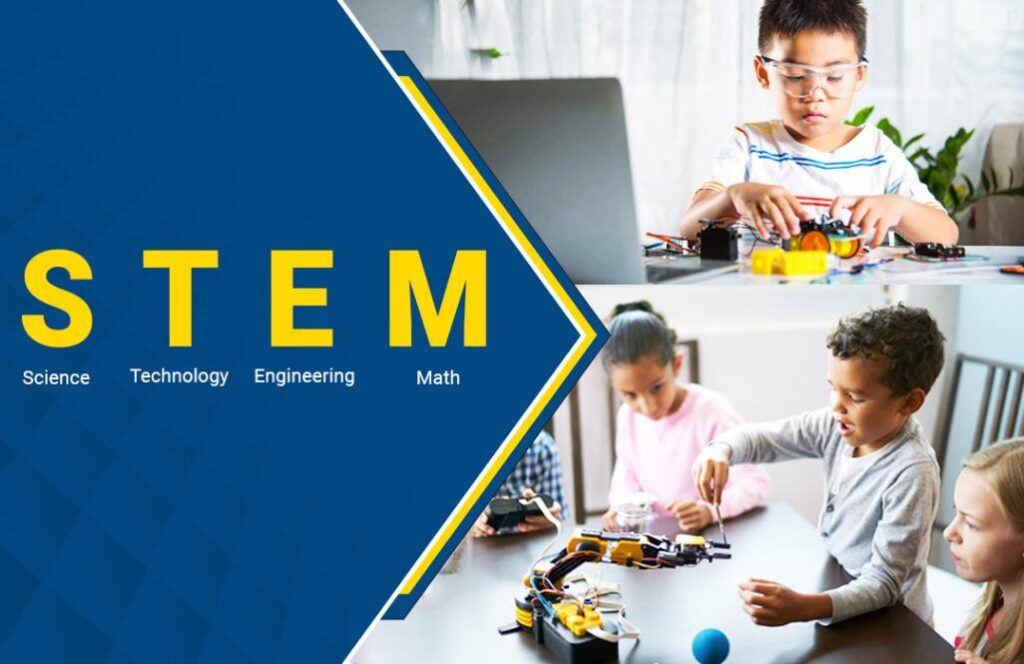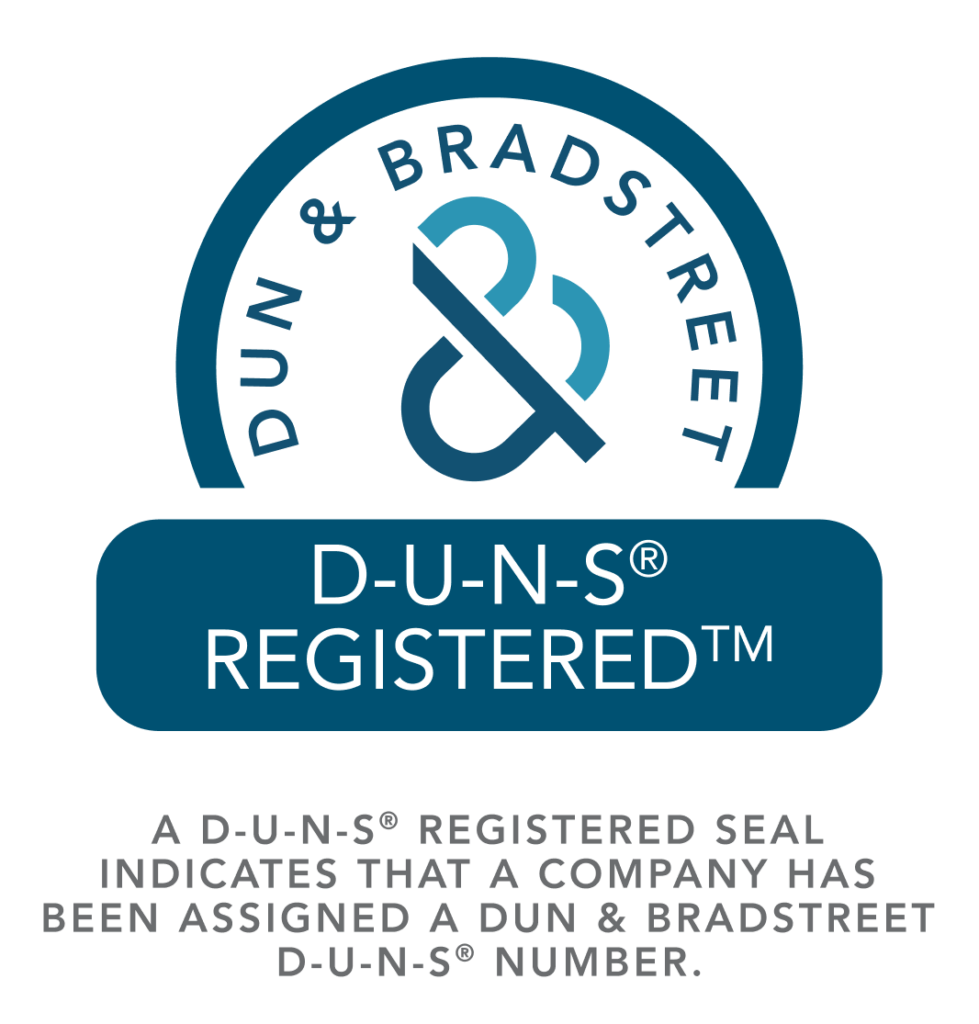The Impact of STEM Education on Future Innovators
In today’s advancement of life, we repeatedly seen that often use of technology as advantage. It’s helping us in both the ways where it helps us to innovate new gadgets helpful for the mankind. On the different side it also has its own side effects where the teenagers are using for their own advantages. Later, they must face the consequences. What is the real end solution for this problem? Is it best to stay away from the technology and don’t allow them to use it. And the answer is “Big No” we need to educate them about the positive assets of advancement in technology. This is where STEM education take place. STEM stands for Science, Technology, Engineering and Mathematics. At the given point they are not learning some other subject, but they are giving the bright way to his/her future by learning the positive sight of technology & AI. Not only theoretical based learning but also several fun practical’s activity helps them to enhance the brain functioning and enhances the power to think about the man kind future. And who knows that one day one of these students will become tomorrow’s inventors. What STEM Education stands for? STEM education stands for the concept of initiating the learning of technology closely with the help of science as knowledge mathematics to understand the thinking of the design pursuit where he came close to understanding the part of engineering. It’s an art of learning the modern concept closely. Let us suppose we have the problem of having human trafficking in the market and an individual want to create his/her own innovation to stop that problem. At that time this practical based education helps him to make such device with help of his mentor. Isn’t interesting to learn these concepts in todays upgrowing life. So, what do you think about this? I know we all understand the facts of modern days art and we are proud to say that STEM is the education which help them to achieve their goals in future. Why STEM is important in today’s Life? STEM is the most important part of education from the ancient times. Our ancestors were using this methodology for innovating the new inventions for example cycle, bull cart, boats, weapons, etc. In future they upgraded the level of their innovation with the help of STEM education. Let’s suppose we have the glass of water some salt now we need to generate the electricity. We will be able to generate the level of the electricity with some peace of metal but its really gave us the amount of electricity we required to generate the electricity. To overcome that situation we use the important concept of STEM and generate electricity with the same source of our earth but with also some modern gadgets helps to operate the work perfectly. How Does STEM Education Help You Innovate? If we look at the basic principle of science, then it says that “For every creation we need the help from the resources we acquired”. According to facts for innovate something we required the resources which helps us to give a perfect approach to our innovation. And at that point the STEM came where it is become the most important part of the daily life aspect. So, by getting educate with the methodology of the STEM. It can help us to explore our mother earth more closely then ever before. Future with STEM AI is the most common term we use at our work in offices, schools, hospitals, military, space, at several places where this approach is expanding its domain very quickly. As we know that AI is the advance version of robotics which we usually find in our mobile phones also. It is necessary to understand that’s why STEM learning in the school is so much required these days. STEM helps to learn the basic and advance ethics of robotics which later possessed by an AI and give us privileges we are enjoying in today’s life and to be there we need to learn the basic concepts of practical knowledge coming from STEM and upgrade our future. The Role of Mentors in the STEM Mentor plays specific role while learning different subject in school. STEM Mentors are one of those who are aware of the modern technology and necessity of helping the students to learn about the concept of STEM and help them to explore the methodology and innovates new projects with the students. Conclusion STEM is the final speech of learner who wants to explore the world of new possibilities. The designing and thinking of an individual help the learner for developing new sense of skills in the field of Science, Technology, Engineering and Mathematics. So, as you continue your journey in STEM you will open to the new world of possibilities and step forward shaping the project.
The Impact of STEM Education on Future Innovators Read More »

